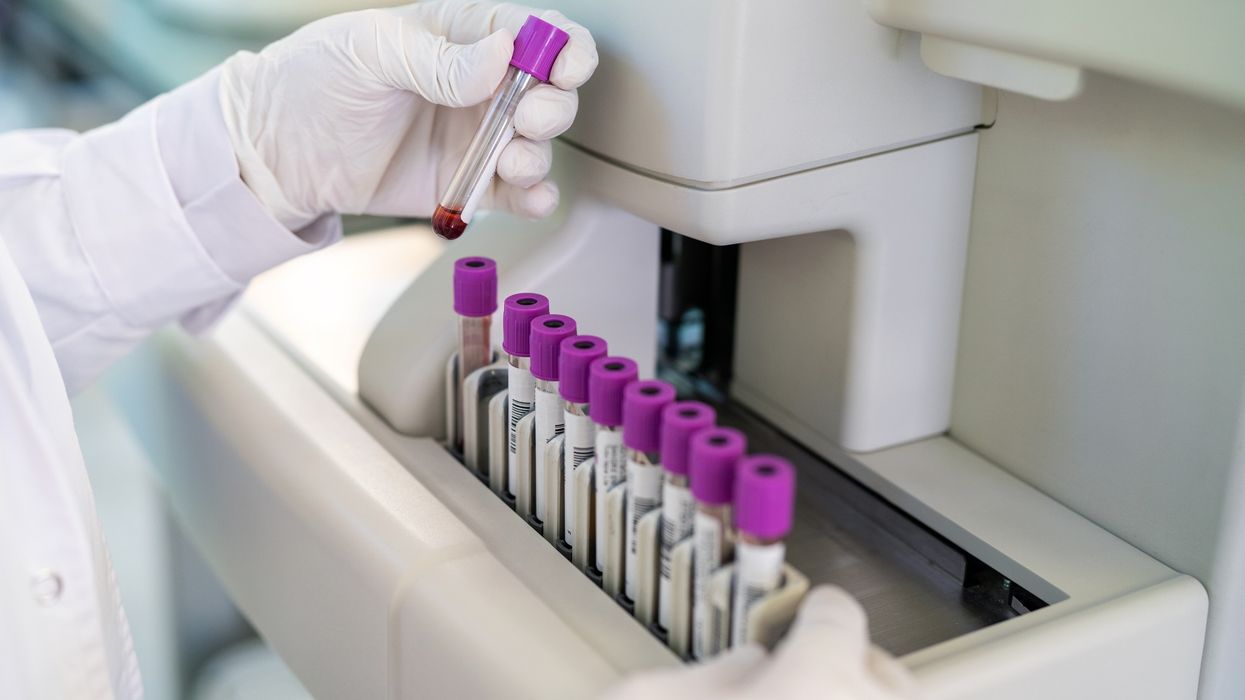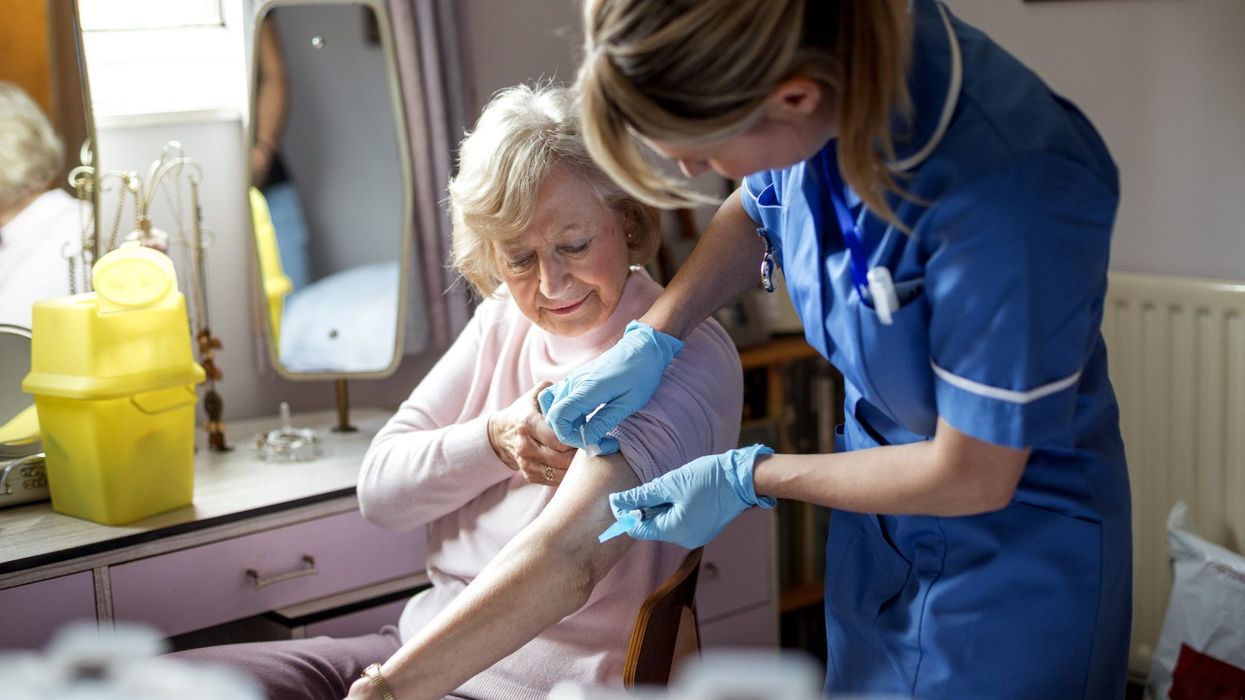Key Summary
- The move aims to ensure that IVD devices meet high standards of performance backed by robust clinical evidence
- The amendment will make it easier for manufacturers to navigate regulatory requirements across different markets
The UK government is planning to amend the Medical Devices Regulations 2002 to incorporate EU specifications for high-risk in vitro diagnostic (IVD) devices and to repeal regulations on Coronavirus Test Device Approvals (CTDA).
The move aims to ensure that IVD devices, which test samples from the human body to monitor health or manage disease, meet high standards of performance backed by robust clinical evidence.
The respondents overwhelmingly supported a proposal to repeal the current CTDA process for COVID-19 devices and to replace current requirements with common specifications.
In the interim, an accelerated CTDA process will be introduced for COVID-19 devices that have CE marking under the European IVD regulations (EU IVDR) and meet common specification requirements.
The common specifications will also enhance performance standards for IVD devices related to infectious diseases, including Hepatitis B, C and D, HIV and Syphilis, as well as devices for blood grouping and tissue typing.
These diagnostic tools are critical for effective patient care and public health management.
MHRA Deputy Director of Innovative Devices Rob Reid said the amendment will improve patient safety and make it easier for manufacturers to "navigate regulatory requirements across different markets.”
These new specifications will be introduced in regulations expected to be published later this year as part of the Government’s broader programme of medical devices regulatory reform.












